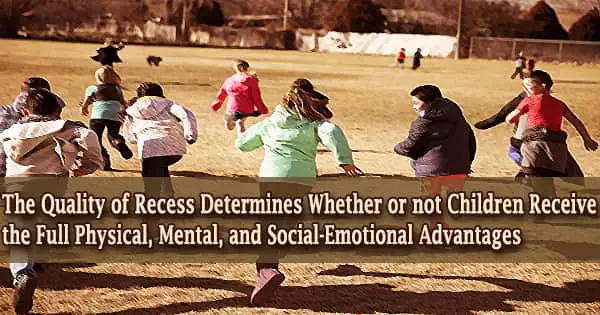Cultural identity is a component of a person’s identity, or self-conception and self-perception, and is linked to nationality, ethnicity, religion, socioeconomic class, generation, locality, or any other type of social group with its own distinct culture. It is a sense of belonging and identification with a specific culture or cultural group. It includes the common values, beliefs, traditions, practices, language, art, and other features that define and distinguish a group’s way of life from other groups. It is a complicated and varied notion that influences an individual’s self-perception and social interactions.
Cultural identification is a fluid process that is influenced by various social, cultural, and historical events. Some people alter their cultural identities more frequently than others; those who shift less frequently have a clear cultural identity. This means that they have a dynamic yet stable integration of their culture. Cultural identity is composed of three components: cultural knowledge, category labels, and social ties.
Here are some key aspects and considerations related to cultural identity:
- Ethnicity and Race: Ethnicity and race are frequently linked to cultural identity. People of the same ethnic or racial heritage frequently have a cultural identity. This identification can include group-specific cultural practices, religious beliefs, and language traditions.
- Nationality: Another essential aspect of cultural identity is national identity. Individuals frequently identify with the culture and values of the country in which they were born or have a strong connection, even if they are members of a minority ethnic or cultural group within that country.
- Language: Language is an essential component of cultural identity. A person’s cultural identity can be shaped by the language or languages they speak, as well as how they relate with people who share the same linguistic background.
- Religion: Religious beliefs and practices are a significant part of cultural identity for many people. Religious identity can shape values, behaviors, and social interactions.
- Traditions and Customs: Cultural identity is also expressed through traditions, customs, and rituals. These can include holidays, ceremonies, family traditions, and cultural practices that are passed down through generations.
- Food and Cuisine: The cuisine of a particular culture often reflects its identity. Sharing and enjoying traditional foods can be a way of connecting with one’s cultural roots.
- Art, Music, and Literature: Art forms such as music, dance, visual arts, and literature are frequently used to express cultural identity. These artistic manifestations serve as a means of conserving and sharing cultural history as well as a source of pride.
Cultural knowledge refers to a person’s connection to their identity as a result of learning the essential qualities of their culture. A person’s link to their identity through indirect involvement in a culture is referred to as a category label. The term “social connections” refers to a person’s link to their identity via social relationships.
Cultural identity is formed in a sequence of phases. First, a person learns about a culture by immersing themselves in its values, beliefs, and behaviors. Second, the individual identifies as a member of that culture based on their position within that group. Third, they form ties with intimate family members, close friends, coworkers, and neighbors.
Cultural identity is not fixed; it can change and adapt to changing circumstances. It is a personal and collective experience that shapes how people view themselves, interact with others, and interact with the world around them. Understanding and valuing cultural identity is critical in multicultural society for promoting diversity, inclusiveness, and social cohesion.
















